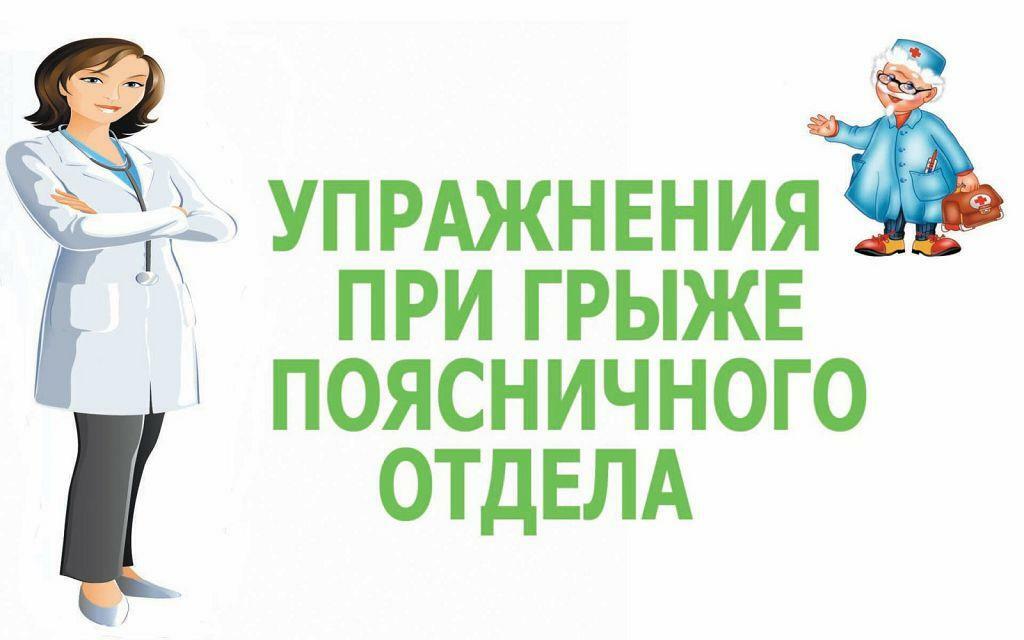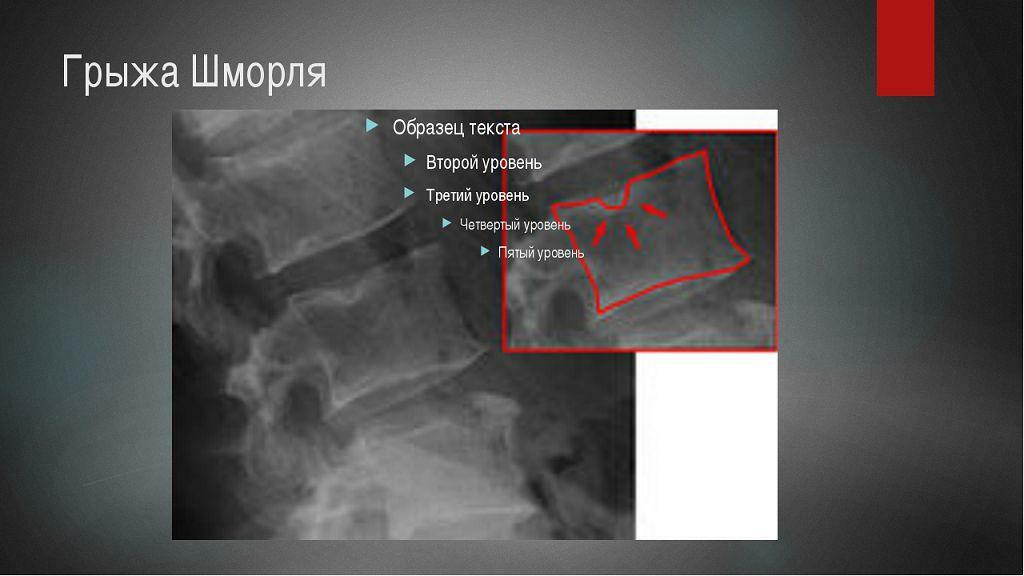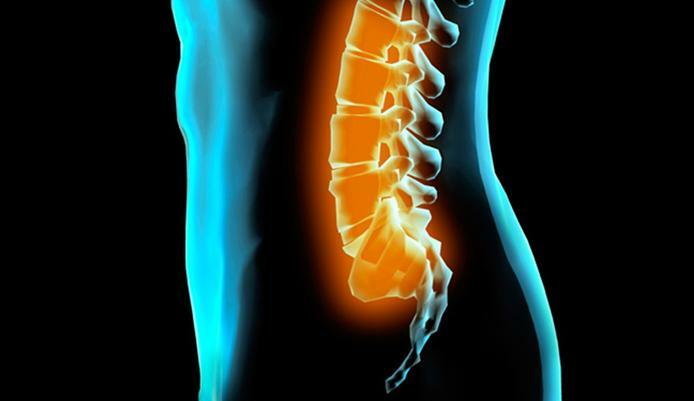Osteoporosis is a very insidious disease. For a long time it is completely asymptomatic, and when there are characteristic signs, it is too late to treat it.

Osteoporosis of bones
Calcium loss in bone tissue is a serious problem for people of 50 years of age. Even small loads can provoke dangerous fractures, leading to disability, and in some cases, to the death of the patient. This disease, according to WHO, is on the 4th place after cardiovascular and oncological diseases, as well as diabetes.

Osteoporosis
The main characteristic of osteoporosis is a decrease in bone density due to calcium leaching.
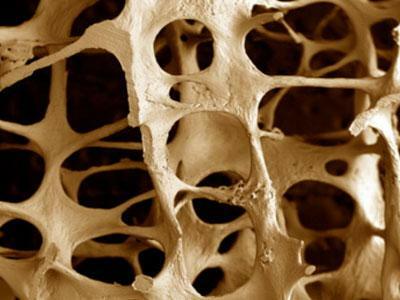
Bone-damaged bone
Throughout life, bone tissue is constantly renewed, but after 40 years, this process becomes slower, and often old tissue collapses faster than a new one forms.
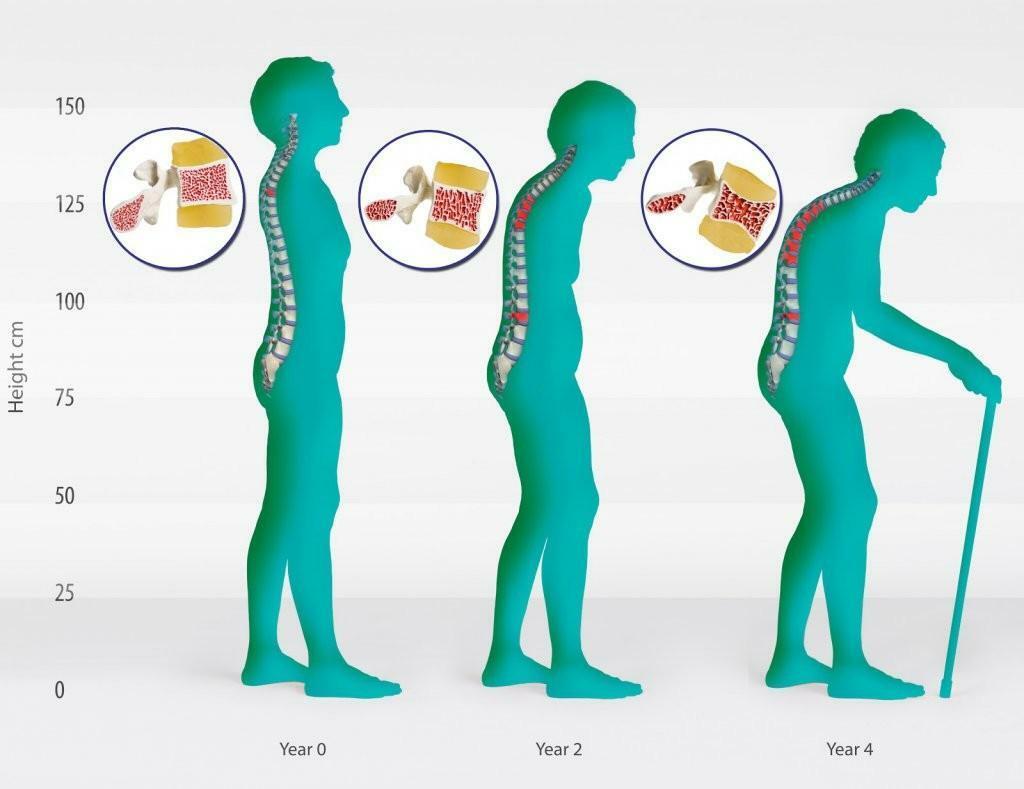
Osteoporosis development
In addition, there are additional factors contributing to the elution of calcium, and leading to the thinning and brittleness of the skeleton. The most susceptible to the disease are women during menopause and representatives of both sexes are 60-70 years old.
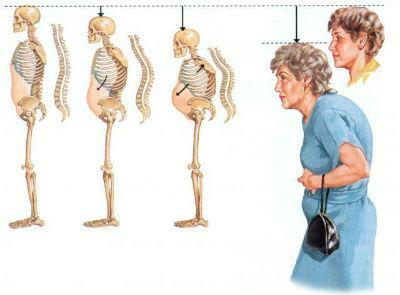
So gradually the posture changes with osteoporosis
There are two types of osteoporosis - primary and secondary, each of which has its own peculiarities.

Vertebrae, scheme of osteoporosis injury
Types of the disease
If osteoporosis arises as an independent pathology, this is the primary type.
Features of osteoporosis types
It appears in people mainly after 50 years, and the weak sex is 5 times more exposed to it than the strong one. Risk factors include asthenic physique, elderly age, heredity. This type of disease includes several varieties of osteoporosis:
- diffuse;
- is a juvenile;
- post-menopausal;
- is idiopathic.

Postmenopausal osteoporosis
| Osteoporosis type | General features |
|---|---|
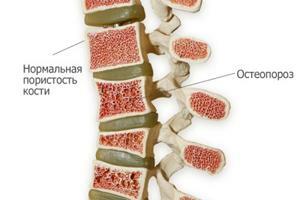 Diffuse osteoporosis | Due to aging of the body. Symptoms include muscle weakness, migraine, vision impairment. All this contributes to frequent falls that rarely do without fractures |
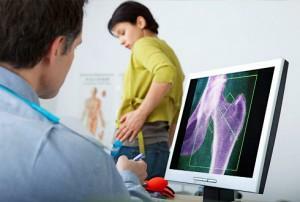 Juvenile osteoporosis | is caused by congenital defects and is considered the most rare form of the disease. It is manifested by sudden pain in the legs and back, by the curvature of the posture in the thoracic region, growth retardation is possible. Propensity to fractures is, but they are not necessary. Develops in childhood and young |
 Postmenopausal | Due to insufficient production of estrogen, it develops in women 45-55 years. It is expressed in chronic or acute form. Most of all, ribs, pelvic bones, lumbar and thoracic spine are affected. The disease is characterized by frequent compression fractures, often with dangerous consequences for the body |
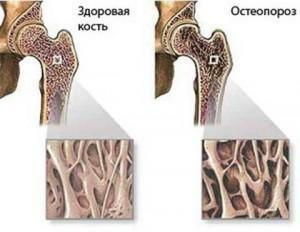 Idiopathic | It is characteristic of men, but sometimes it develops in women. It is observed at the age of 20-50 years. The first sign is weak and short pain in the spine, which in the course of time intensify. The disease affects mainly the skeleton, without affecting the bones of the limbs. The probability of |
fractures is very high. If osteoporosis develops as a complication of a previously formed disease, this is a secondary type of disease. Most often it is observed against the background of endocrine disruptions, disruption of the hormonal background, problems with metabolism in the body.
The risk factors are:
- improper power supply;
- smoking;
- excessive drinking of coffee and alcohol;

Factors affecting the development of osteoporosis
- long-term use of medications;
- sedentary lifestyle;
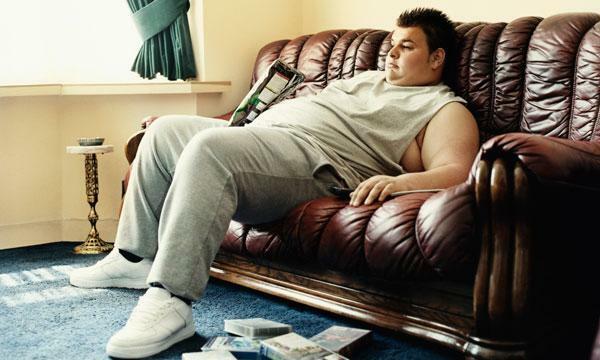
Sedentary lifestyle is extremely harmful
- diabetes mellitus.
This type of osteoporosis is much more difficult to tolerate, since the body is too weak. The consequences of fractures are also more serious and more likely to lead to disability of the patient.
Signs of the disease

Signs of osteoporosis
Direct signs of this disease are:
- decrease in bone density, high porosity of the tissue;
- perforation of intervertebral discs;
- deformation of the vertebral body.
These signs can be detected only by examination in the clinic with the help of radiography or ultrasound diagnostics.
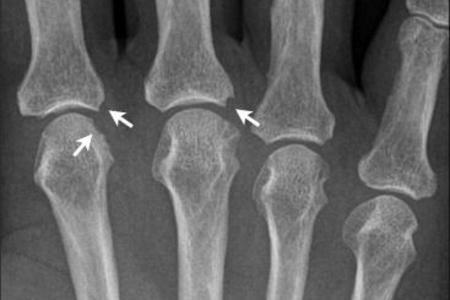
Osteoporosis and a slight narrowing of the joint space( stage 2).X-ray of bones
The second option is more effective: it allows you to see structural changes with a decrease in tissue density by as little as 3-5%.Radiography shows changes only with a 15% reduction in calcium levels.

Osteoporosis of bones on the x-ray
If, however, to pass the examination for some reason is not possible, there are several indirect signs that need to be addressed.
- Periodically, dull pain occurs in the back, most often in the lumbar and thoracic.

Back pain as a symptom of osteoporosis
The pains are of varying intensity and duration, but they do not cause much discomfort. After physical exertion or with a long stay in one position become stronger. Later, pains in the pelvic bones and ankle are added.
- The efficiency is noticeably decreasing, the person gets tired faster, feels weak. The muscles appear heavier, rest takes more time.

Weakness and malaise
- Heart palpitations are gaining, begin to disturb the leg cramps, the gait is disturbed.
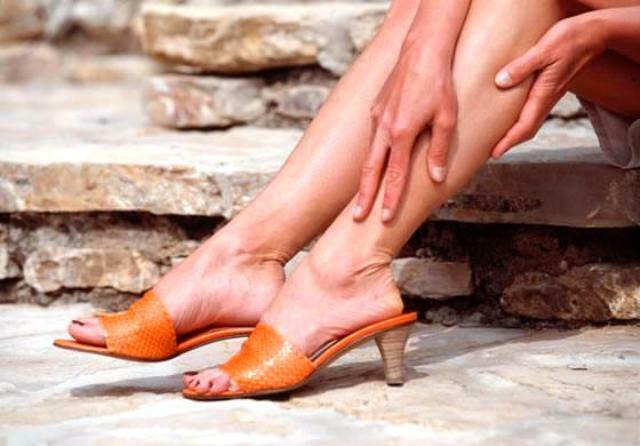
Calf spasms
- The teeth often form a plaque, there is periodontal disease. Nails become more fragile and exfoliate.
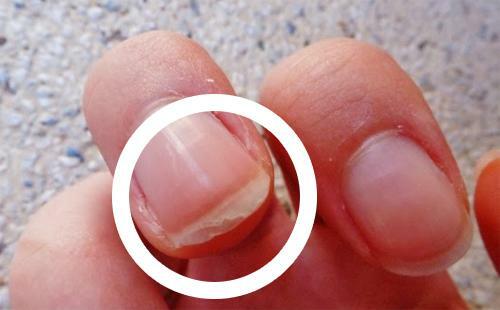
Lapping nails - a sign of osteoporosis
- The growth of a person decreases, the posture deteriorates. If the growth has decreased by 1 centimeter or more, this is already a serious reason to call a doctor.
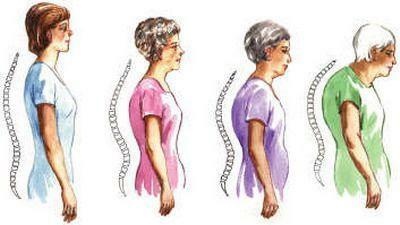
Posture disorder
- Kyphosis develops.
At a later stage, osteoporosis manifests itself as frequent fractures. It's enough just to stumble, lift something heavy or drop a weighty object on your leg to get a fracture.

Fracture in osteoporosis
Bone growth occurs in this case much more slowly than in a healthy body, deformations of the skeleton can remain. If after 40 years there were at least two fractures, it is necessary to be examined, in order to detect the disease as early as possible. Also a visit to a specialist is necessary for any pain or discomfort in the bones.

The clinical significance of osteoporosis is primarily determined by the risk of

skeletal fractures Osteoporosis becomes the cause of frequent bone fractures
There is a misconception that bone density can be determined from the level of calcium in the blood. In fact, this indicator usually corresponds to the norm, because it is supported by the washing out of calcium from bone tissue.
The absence of the features described above is not a guarantee of bone health. The loss of calcium can be initially very small, and timely prevention will allow you to easily fill in the missing items. If you do not give your body the proper attention, the first signs of osteoporosis will not keep you waiting.

Take Care of Your Health

